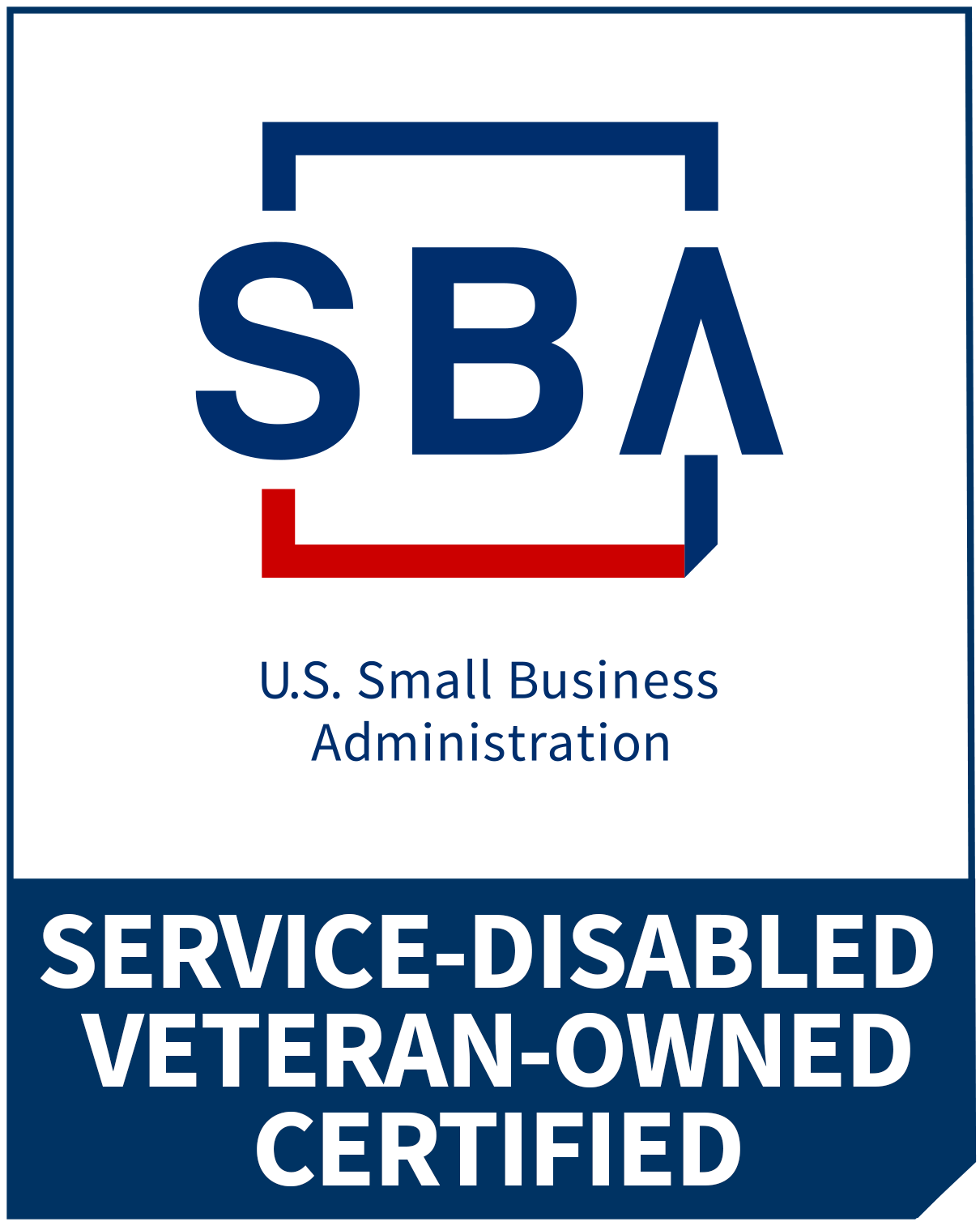You know that I’m big into walking in your Customers’ shoes. I write about it all the time and it plays a huge part of the book. But you’ve got to go into it with the right frame of mind. It’s not practical to expect you can shed all your priors and blinders, but you’ve got to assert yourself as best you can and imagine the experience your Customers are having.
A while back I was working with a brand whose Brand Promise was, basically, ease-of-use. They wanted to consider themselves, while not the least expensive and not the most luxurious, at least the best solution (they are a service provider) for their Customers who didn’t have time or patience for the hassle when it comes to getting this particular service done. They had poured a lot of resources into their internal systems to make them easier and faster and more efficient already, but they were looking for some additional insights.
Ahead of a meeting I had with them early in our relationship, I’d done my due diligence and walked through some of their systems as a Customer would. All in all, once a Customer got into their ecosystem (started using their systems and interacting with their team members), things were indeed pretty slick.
But getting to that point was a bit tricky. From the outside, their website wasn’t all that logical or intuitive, and their offerings weren’t as clear as they could have been. Setting up a demonstration and linking up (again, before you’re a Customer) with a team member was a little complicated, too. There was nothing horrendous about it, but it definitely was a far cry from the top-notch experience their Customers had once they’d started paying.
When I shared some of these insights with their executive team, each of them was eager to walk me through how to better navigate those systems and how this or that thing was just a little hard to find on the website, but it’s right here, you see? Everybody was accommodating and patient as they explained this to me and I let them go on for probably longer than I should have.
Suddenly and unceremoniously (some of them had even started some side-conversations about how they too found some of the issues complex), I stopped them all and said, “It doesn’t matter. You’ve already lost me.”
It isn’t that the issues and complexities weren’t easy to explain how to overcome…it’s that they existed in the first place. While it probably didn’t require a room full of executives (talk about an escalation) for any of their Customers to figure out, or be helped by their Customer Care line, that’s beside the point. Easy recovery is good, but easy to use without needing recovery is more on-brand for the ease-of-use image they were trying to convey.
More importantly, this was a company truly dedicated to their Brand Promise—in fact, the CMO had been the CX champion before they brought me on…he’d been very enthusiastic, but simply wanted someone to come in and take a look from a more Process Engineering perspective…and good thing too!
Fortunately, that made it easier to explain to them: If you want to attract Customers who are looking for ease-of-use, you have to be…well, easy to use! That may sound trite and a little snarky, but it’s not going to matter what your price is, how luxurious the experience is (to reflect on my earlier comment), or for that matter, how friendly and helpful the CS staffers are. If it’s not easy to use, you’re going to lose exactly the type of Customer you’re trying to attract (the ones looking for ease-of-use) on step-one; pre-step-one, in fact.
Similarly, if your brand aims to be low-cost, it won’t matter that you can explain why your product costs more than a competitor, or if certain add-ons crank that price up…that you’re not inexpensive is the problem. If you’re the luxury brand, it won’t matter that your recovery from a bad experience is handled in a fabulous concierge manner…that you fell from luxury is the problem, and there’s not a level of explanation that’ll help you recover.
Business leaders will sometimes look at gaps in their Brand Alignment and think, well, yea, but here’s the deal…
In reality, here’s the deal: You’re failing. It’s not the end of the world, but you need to prioritize improving those experiences…even ahead of whatever sort of mitigation or recovery plan you have. Having good Customer Support and Service folks to catch you when you’ve fallen (and who, in that instance make that recovery experience very on-brand) is good…it’s better than nothing. But one way to keep your Customers from having to resort to that? Get your Brand Promise right, right out of the gate, and at every step along the way.




